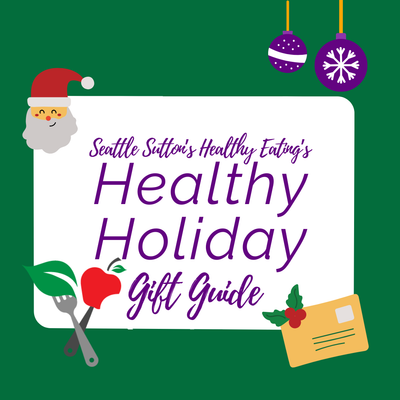The American diet is notorious for having way too much salt, or sodium, in it and rightfully so. The human body only needs about 200 milligrams of sodium, or about 0.5 gram of salt, each day to function properly. Yet, the average American consumes a whopping 3,500 milligrams daily while the American Heart Association recommends consuming no more than 1,500 milligrams of sodium daily to keep your body healthy. This excess of sodium in our diets is affecting us more than you may realize.
If you eat too much sodium, the kidneys will have trouble eliminating it. As sodium accumulates, the body holds onto water to dilute the sodium. This increases both the amount of fluid surrounding cells and the volume of blood in the bloodstream. Increased blood volume means more work for the heart and more pressure on blood vessels. Over time, this pressure can stiffen blood vessels, which can lead to high blood pressure, heart attack, stroke and even heart failure. There is some evidence that too much salt long term can even damage the heart, aorta and kidneys without increasing blood pressure.
Additionally, there is plenty of evidence linking a high sodium diet to both cancer and osteoporosis. Research shows that higher intake of salt, sodium or salty foods is linked to an increase in stomach cancer. And regarding osteoporosis, the amount of calcium that your body loses via urination increases with the amount of salt you eat. So, if there is not enough calcium in the diet, but too much salt, it can be leached out of the bones leading to osteoporosis.
The good news is that salt is an acquired taste and that can be changed. Americans are accustomed to eating a high salt diet so the change to a low salt diet will be met with some hesitation but it is definitely achievable. Contrary to what most Americans believe about salt, only 10 percent of the dietary sodium we consume is coming from the notorious salt shaker. More than 75 percent of the sodium Americans eat comes from restaurant, pre-packaged and processed foods. The remaining dietary sodium occurs naturally in foods.
Here Are My Top 5 Low Sodium Tips:
Eat More Fruits and Vegetables
This is number one, since these foods naturally low in sodium, most are good sources of potassium, a mineral that seems to help lower blood pressure. Choose fresh when possible, but frozen and canned fruits and vegetables are also fine and may be more convenient. Look for no-salt added versions of canned items and rinse the canned goods off before using.
Spice it Up!
One of the easiest ways to reduce the need for added salt is by using spices, dried and fresh herbs, roots (such as garlic and ginger), citrus, vinegars and wine. From black pepper, cinnamon and turmeric to fresh basil, chili peppers and lemon juice, these flavor enhancers can satisfy your taste buds with less sodium. Use cayenne, paprika, parsley, sage, rosemary or thyme for meats; caraway, basil, dill, marjoram, nutmeg, parsley, sage or thyme with vegetables; cinnamon, cloves, ginger or nutmeg with fruit.
Kick the Bottle Habit
Substitute bottled marinades for citrus juice and olive oil. Instead of reaching for the pre-made marinade that is packed with salt, let meat soak in a mix of olive oil and citrus juice such as lemon or lime along with some spices to get the rich flavor without the added sodium.
Pass on the Broth
Instead of using beef, chicken or vegetable broth simply boil shiitakes (dried or fresh) in water for 30 to 40 minutes. Not only do the mushrooms lend an earthy flavor to any soup, stuffing or gravy, they also happen to be packed with natural umami.
Use Tomato Puree
A great way to reduce sodium in chili and pasta sauces is to use tomato puree instead of tomato sauce. Tomato puree is a bit thicker and is even a little bit cheaper. Almost every recipe you use tomato sauce, you can substitute tomato puree. It only has about 20 mg sodium per serving too.
The Bottom Line: High blood pressure is a leading cause of cardiovascular disease and contributes to both cancer and osteoporosis as well. Aim to cut out overly processed foods and enjoy more whole foods such as fruits, vegetables and whole grains, and make good use of the numerous herbs and spices that are available to help lower sodium intake.
Looking to cut back on salt in your diet? Let Seattle Sutton's make it easier
for you to cut down on sodium, with our heart healthy and sodium resticted meals!
Try Seattle Sutton's meal plan today.
Start Your Healthy Journey Today!
Order NowFind More By Category








 Weight Loss
Weight Loss Health & Wellness
Health & Wellness Diabetes
Diabetes Heart Health
Heart Health Motherhood & Family
Motherhood & Family Dietary Restriction
Dietary Restriction Other Health Conditions
Other Health Conditions About SSHE
About SSHE


